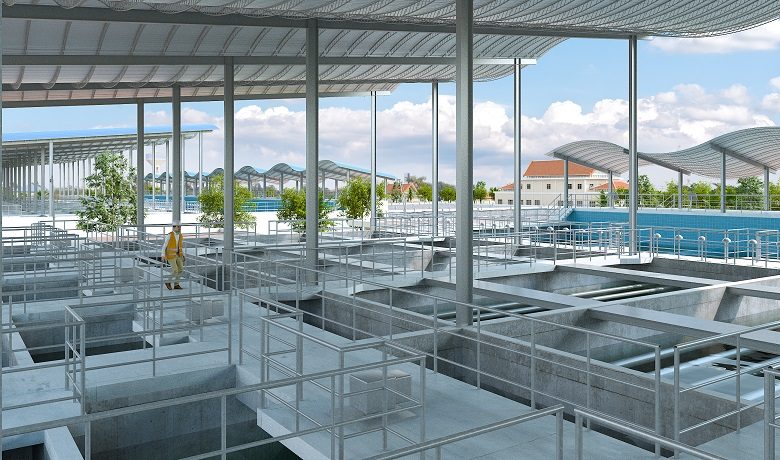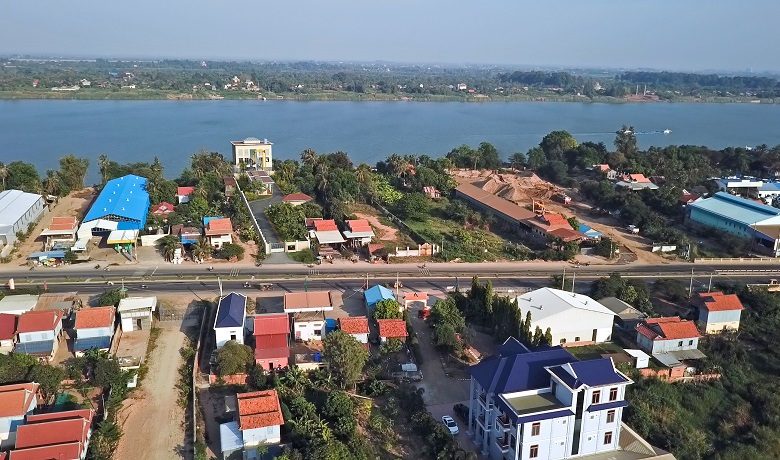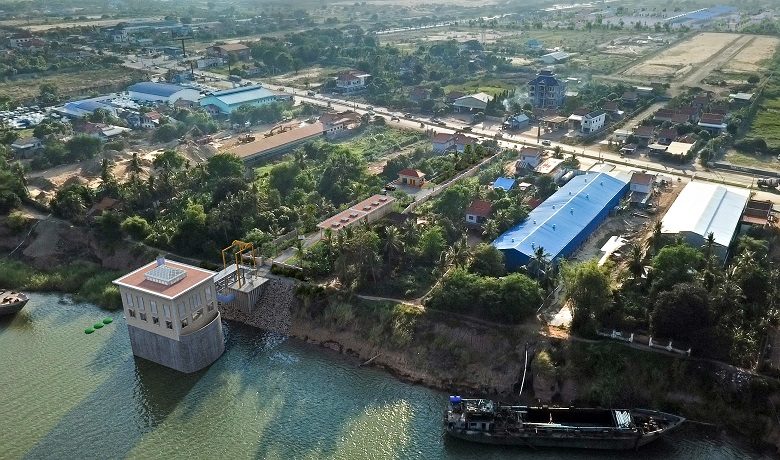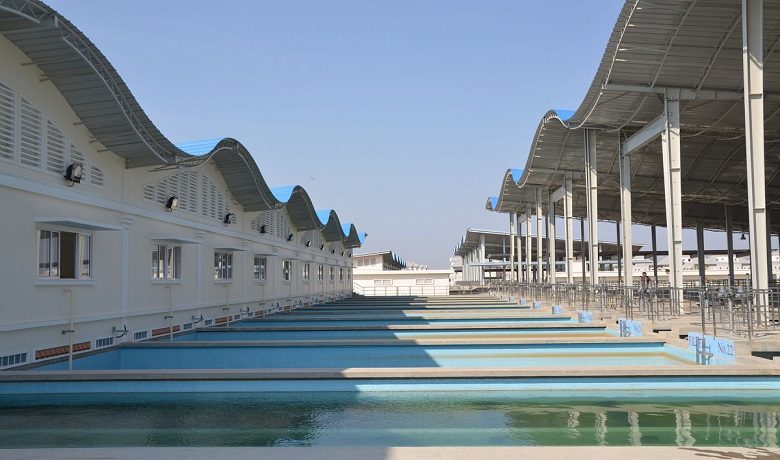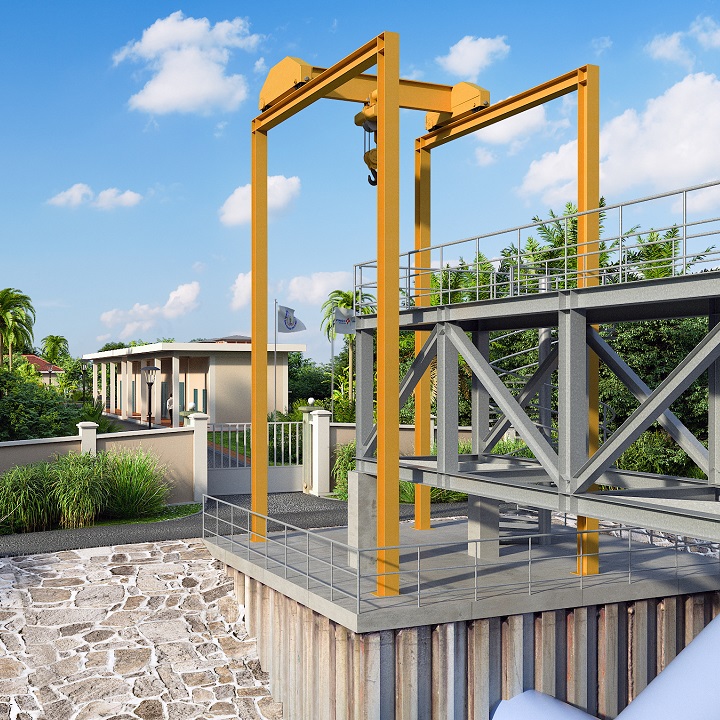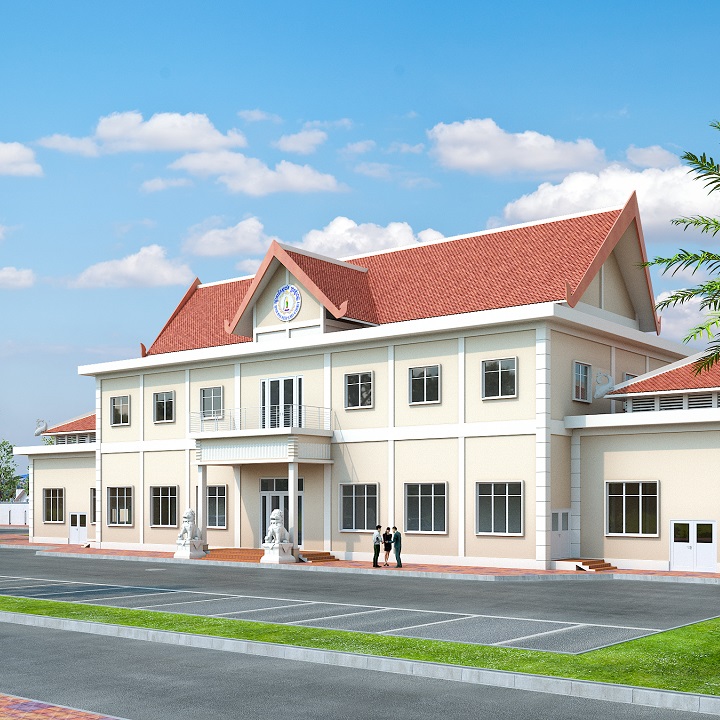Background
The north-east of Phnom Penh, where the Bakheng district is located, is experiencing strong urban expansion.
The plant is co-funded by the French Development Agency, the European Investment Bank and the Phnom Penh water authority, and will improve the water supply in this area and ultimately deliver a 60% increase in the drinking water supply capacity of the capital, which will host the South East Asian Games in May 2023. By the end of Phase 1, the plant should be operational to provide drinking water to the more than 750,000 inhabitants of the area. By the end of Phase 2, its capacity will be doubled.


